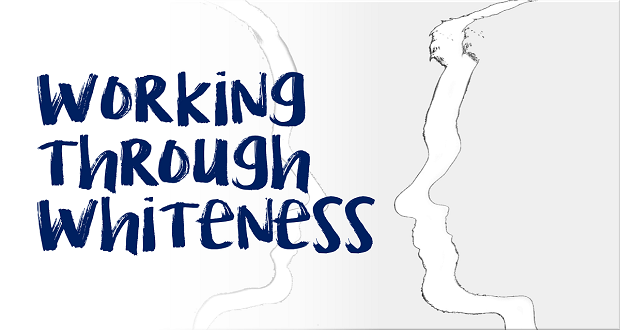
Consider the following real scenario:
An African American woman middle manager, on the high potential list at her company and definitely considered a rising star is asked to put together a presentation on “going green”. She would present her findings to the senior executives at an off-site leadership team meeting. Barbara (not her real name) had a reputation for being expressive and passionate about everything that she undertook. She was serious, no-nonsense and a self-described workaholic (what she felt she had to be in order to succeed). She spent weeks researching and working on the presentation which would put her in front of executives that she would not ordinarily come into contact with.
She thought she nailed it! She gave it her all and by the body language in the room, her approach to what could be a very boring subject was well received. She was invited to stay for the rest of the meeting and to have dinner with the executives. Barbara left this experience on a real high.
She was shocked the next week in a one-one with her boss where she was told that the overwhelming feedback was that she “over-expressed”, came across as “preachy” and too directive. She would have been viewed more positively if she had “toned it down” and just stuck to the facts without the “theatrics”. At times, the leaders felt like she was “ranting”.
Barbara comes from an emotionally expressive culture. The daughter of a Baptist minister, she is accustomed to visibly expressing passion and enthusiasm. She thought that her approach would be different for the leaders but that they would find it innovative and novel. She made her presentation interactive (“call and response”, she called it) and gave rousing testimony about the merits of going green. After thinking about the feedback, Barbara admitted that she unconsciously adapted the presentation style of her father.
Euro American culture tends to be less emotionally expressive in general and especially in certain fields like engineering and energy. (Trying not to stereotype, rather to offer a generalization that research supports.)
What is the Inclusion Solution?
Barbara needed to be more self-aware and more aware of the cultural preference of her audience. Recognizing that she is likely more emotionally expressive than what is a generally accepted norm in the organizational culture, she should have made the adaptation. By the same token, a more culturally competent audience, would have been more open to a different presentation style and not criticized it because it was not like theirs; rather they would have looked for the positive aspects such as the content, the ability to engage the audience, innovation, etc. The answer is mutual adaptation.


















